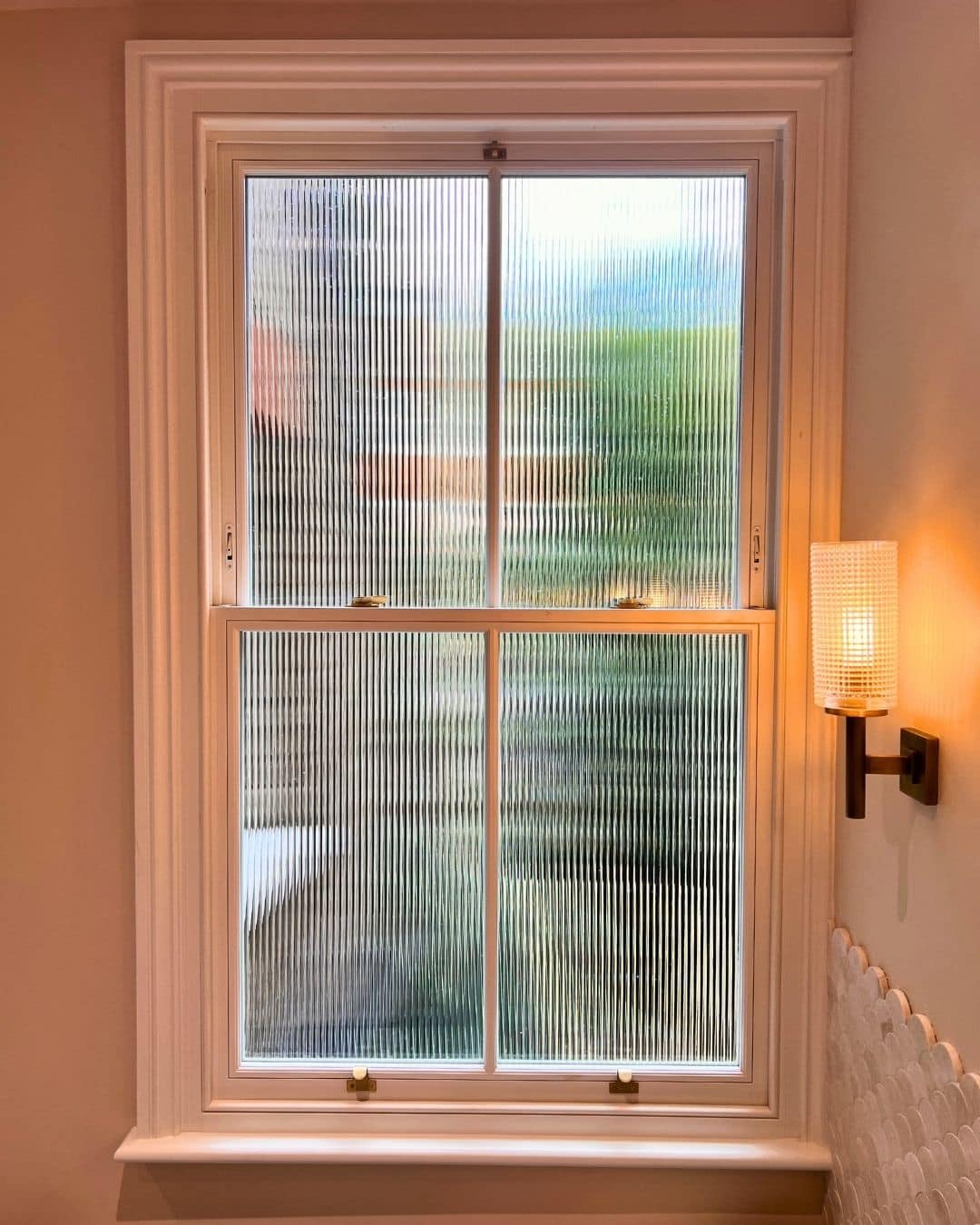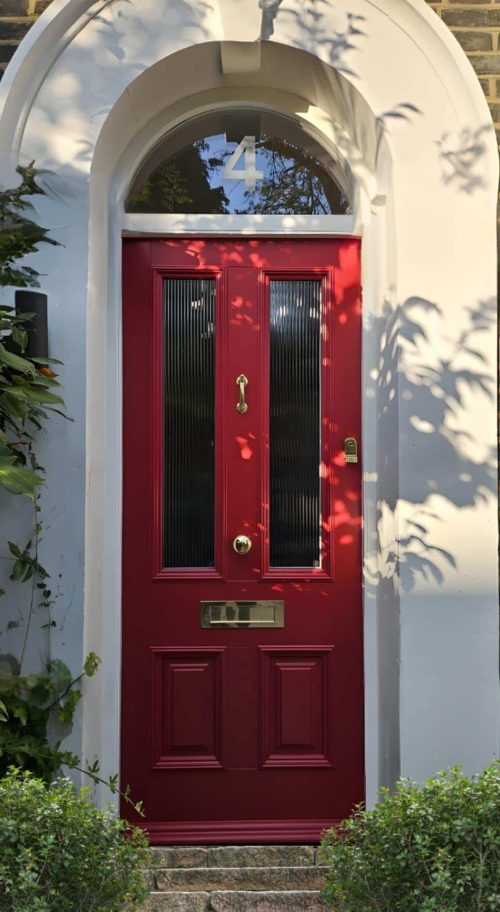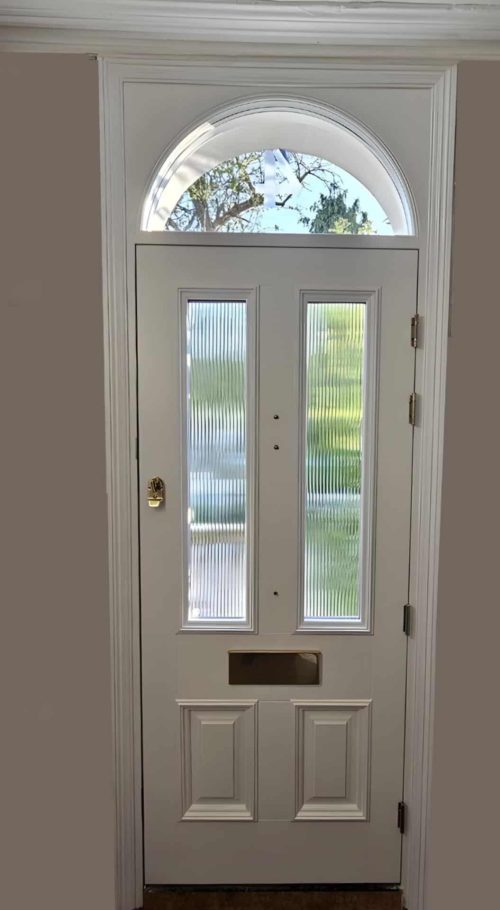What Is Reeded Glass? History, Terminology & Modern Uses

Reeded glass, also known as fluted glass, is a decorative glazing option that lets light in while adding privacy. Its vertical lines have been used since the late 19th century and remain popular today for sash windows, casement windows, doors, and interior screens.
A Brief History of Reeded Glass
Late 19th century origins: Decorative rolled glass techniques emerged in the Victorian period. Manufacturers began pressing linear patterns into glass sheets, producing stylish privacy solutions without blocking daylight.
1920s–1930s Art Deco boom: Reeded and fluted glass became highly fashionable in shopfronts, partitions, and windows. The geometric vertical lines suited the streamlined architecture of the era.
Mid-century revival (1950s–1970s): Architects and designers reintroduced ribbed glass in modernist interiors, offices, and cabinetry.
Today: Reeded glass is experiencing a strong comeback in homes and commercial spaces, from shower screens and kitchens to sash and casement windows.
Learn more about rolled patterned glass techniques here.
Reeded vs Fluted Glass — What’s the Difference?
The terms reeded and fluted are often used interchangeably, but there is a technical difference:
Reeded glass – features convex ridges that stand proud, resembling cane reeds.
Fluted glass – features concave grooves, similar to the channels of a classical column.
In practice, most glass suppliers and homeowners refer to both simply as reeded glass.
Benefits / Why Choose
Privacy with light transmission – obscures views without darkening the space.
Versatile design – works with sash windows, casement windows, doors, and interior screens.
Heritage and modern appeal – equally suited to period homes and contemporary projects.
Reeded Glass for Timber Windows & Doors
At Sash Window Shop, reeded glass is available across our bespoke timber joinery ranges. Whether for sash windows, casement windows, French doors, or interior glazing, it’s a decorative option that adds character and practicality. Explore our glazing options here.
Reeded glass offers a simple way to soften views and keep spaces bright. If you’re considering reeded glass for windows or doors, get in touch for samples and pricing.


FAQs
Is reeded glass the same as fluted glass?
Technically, reeded means convex ridges and fluted means concave grooves. However, most suppliers use the terms interchangeably.
Does reeded glass reduce light?
No — it allows natural light to pass through while diffusing it, making it softer and more private.
Is reeded glass suitable for sash windows?
Yes, it can be used in sash windows, casement windows, and doors. It’s especially popular in conservation and heritage properties.
When was reeded glass invented?
Reeded glass first appeared in the late 19th century, when glassmakers developed rolled glass techniques to press decorative patterns into the surface. It became especially popular during the Art Deco period of the 1920s and 1930s.



